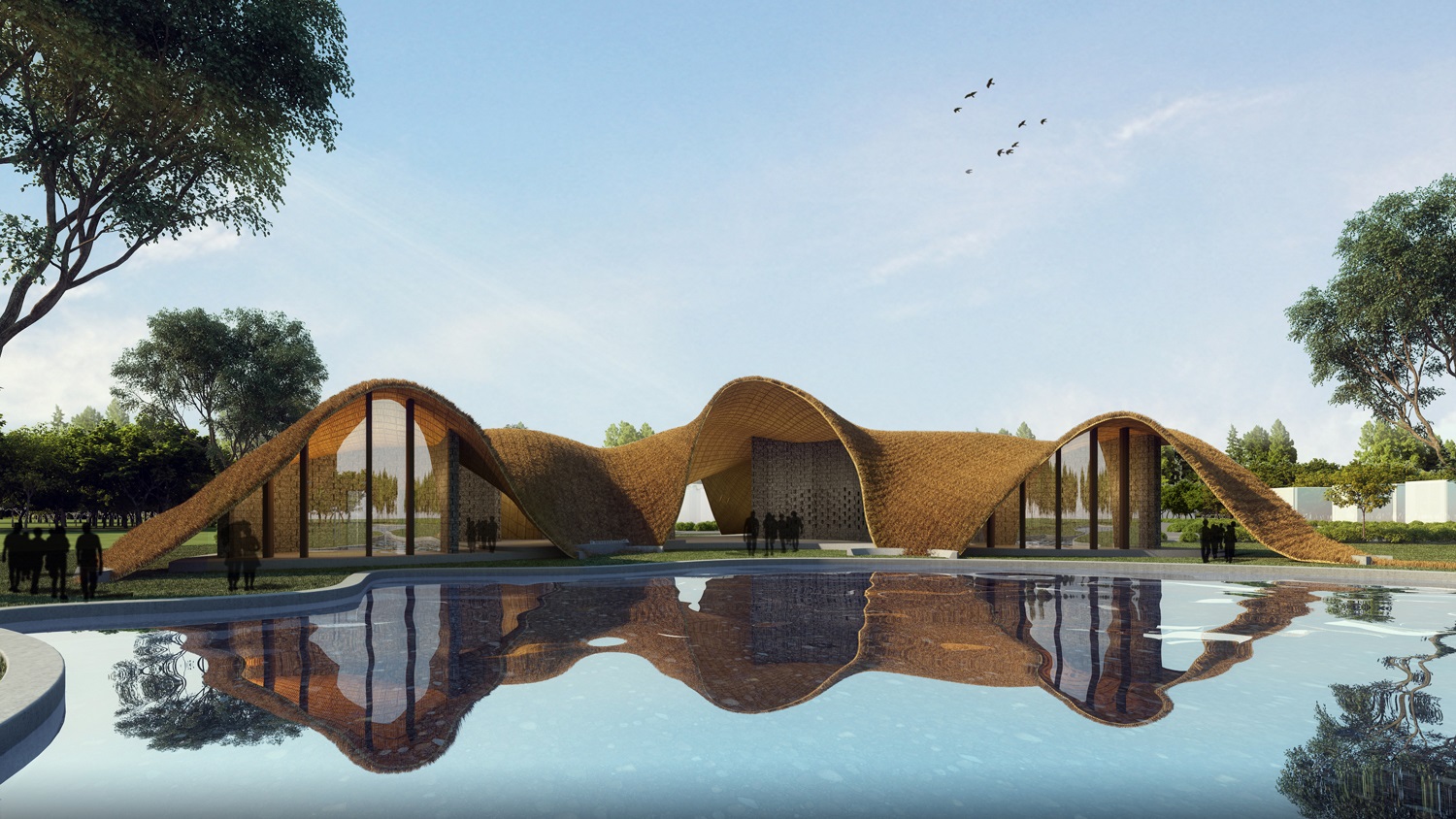We are thrilled to announce the winners of Architizer's inaugural Vision Awards, the world’s biggest awards program dedicated to the art of architectural representation. Sign up to receive future program updates >
An axonometric projection uses all three axes to represent architectural or construction details in a more accurate way. There are three types of axonometric projections based on the deviation angle of projection: isometric, dimetric and trimeric. While perspective views show a more realistic view of the space, a parallel perspective gives a better understanding of dimensions, proportions and details. It can also be a handy tool to show different spaces in the absence of a physical model.
There are several ways to create these drawings. In the early days, plans were placed at an angle and then extruded to required heights using a variety of drafting tools. The advent of 3D modeling and image editing software has enabled architects to use their digital models and set specific views to easily obtain an isometric or an axonometric projection along with perspective views.
YouTube, which has long served as a vital resource for people across fields, has several tutorials on how to take these basic line drawings to the next level. Whether it is adding hand-drawn plans to an axonometric rendering or creating colorful exploded illustrations, there is something for all. This is made easier by the wide variety of digital resources available online as well as the different questions in the comment sections that can help clarify doubts. Listed below are a few examples of such representations.
Monochromatic Details
The tutorial focuses on a simple and quick top section to show details at floor level. It takes an isometric view of a SketchUp model and uses a section plane to cut it above head height to ensure all the furniture remains visible along with walls and fenestrations. Once the different images are exported from SketchUp, the creator uses Illustrator to clean and detail the entire drawing and then Photoshop to enhance it, leading to a red-hued section that is rich in information and easy to interpret.
Urban Blocks
An axonometric of an urban plan can be just as important as one showing a specific building. Here, the creator shows how to download a 3D model for a part of a city and turn it into an aesthetic plan that can be used to study the site density, add context or understand circulation. While the video focuses on the basic site render, viewers can always add labels, introduce lines to show circulation or highlight site elements as per requirements.
Complex Cutouts
Taking inspiration from drawings by Auguste Choisy, the creator breaks down the steps for creating a drawing that combines a plan with two sections in one isometric drawing. She starts with a Rhino model and shows how to create the different cuts in the model to show the most important details. The different layers are imported into illustrator and then details with section lines and shadows. The most helpful part is the creator’s voiceover that not only guides viewers through the different steps but also things to be mindful of, extra tips and some much-needed motivation.
Simple Landscapes
Partial isometrics of landscape design can be helpful in highlighting outdoor areas in a larger project or just depicting specific design ideas. Here, the video shows how to model a simple outdoor area in SketchUp and then populate it with textures, plants and more in Photoshop. The good thing about this tutorial is it shows a few tricks that take the drawing beyond just placed textures and patterns, making it more realistic and interesting. Viewers can take this one step forward by adding a compass, level heights or a tree index.
Less is More
An axonometric drawing in seven minutes? That’s every architecture student’s dream. While this time can increase for more detailed drawings, the video is a great starting point for basic renders that are informational and also great to look at. It focuses on how to populate drawings with pre-made blocks to cut down on time. It walks you through the process of creating a no-frills illustration that shows activity, population density and vehicle use. While the video uses paid vector blocks to create this, there are free resources online that can be used instead.
Exploded Illustrations
Exploded axonometric drawings are a very effective way to depict different floor plans and floor heights as well as the relevant furniture and construction details. In this video, an Archicad model is taken apart on the software itself and then exported into illustrator to finetune line wights, clean extra lines, add color and populate it with humans, trees and cars. The base colors are reminiscent of a traditional blueprint but the creator gives it a modern spin. This method can be used with a variety of designs, color palettes and illustration styles.
Scene on a Plate
Displaying a drawing in a disc or circular format instead of a traditional rectangular base can be an interesting way to not only show projects but also the cross-section of the terrain below. The video uses SketchUp and Illustrator to carve out a circular block from a 3D model that is at an intersection of land and water. Color blocks and dotted lines animate the drawing and add dimension. The addition of cartoon-like trees also brings the drawing to life.
Theatric Views
Shadows play a significant role in this style of rendering. The creator uses solid black shadows and a combination of black and white lines to show details in a very dramatic axonometric drawing. To show how it can be applied to any kind of design, the creator starts with a basic SketchUp block model and tells us how this can be tweaked to fit other designs. They also use another intricate drawing to show the same process and also where more attention needs to be given to different details.
We are thrilled to announce the winners of Architizer's inaugural Vision Awards, the world’s biggest awards program dedicated to the art of architectural representation. Sign up to receive future program updates >









